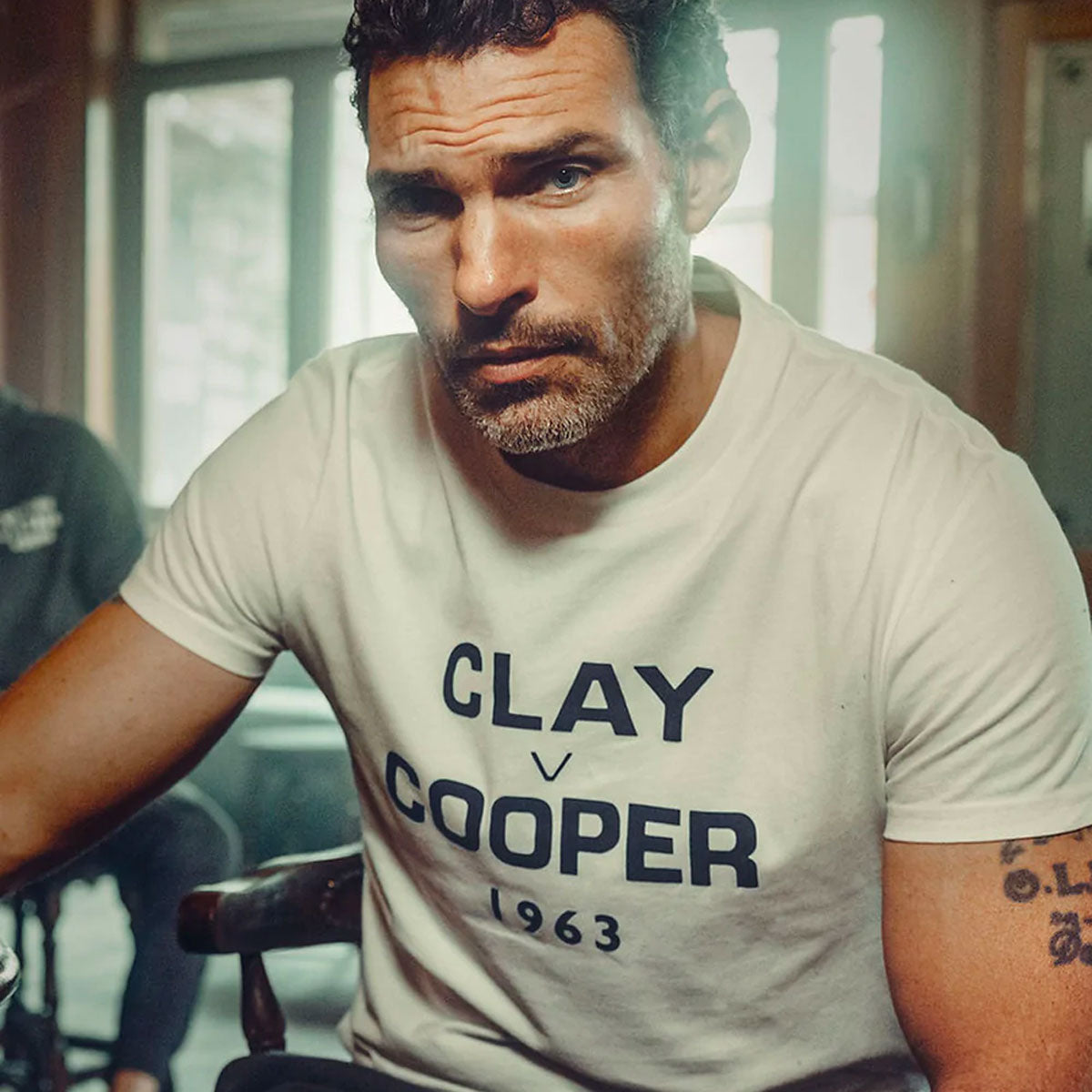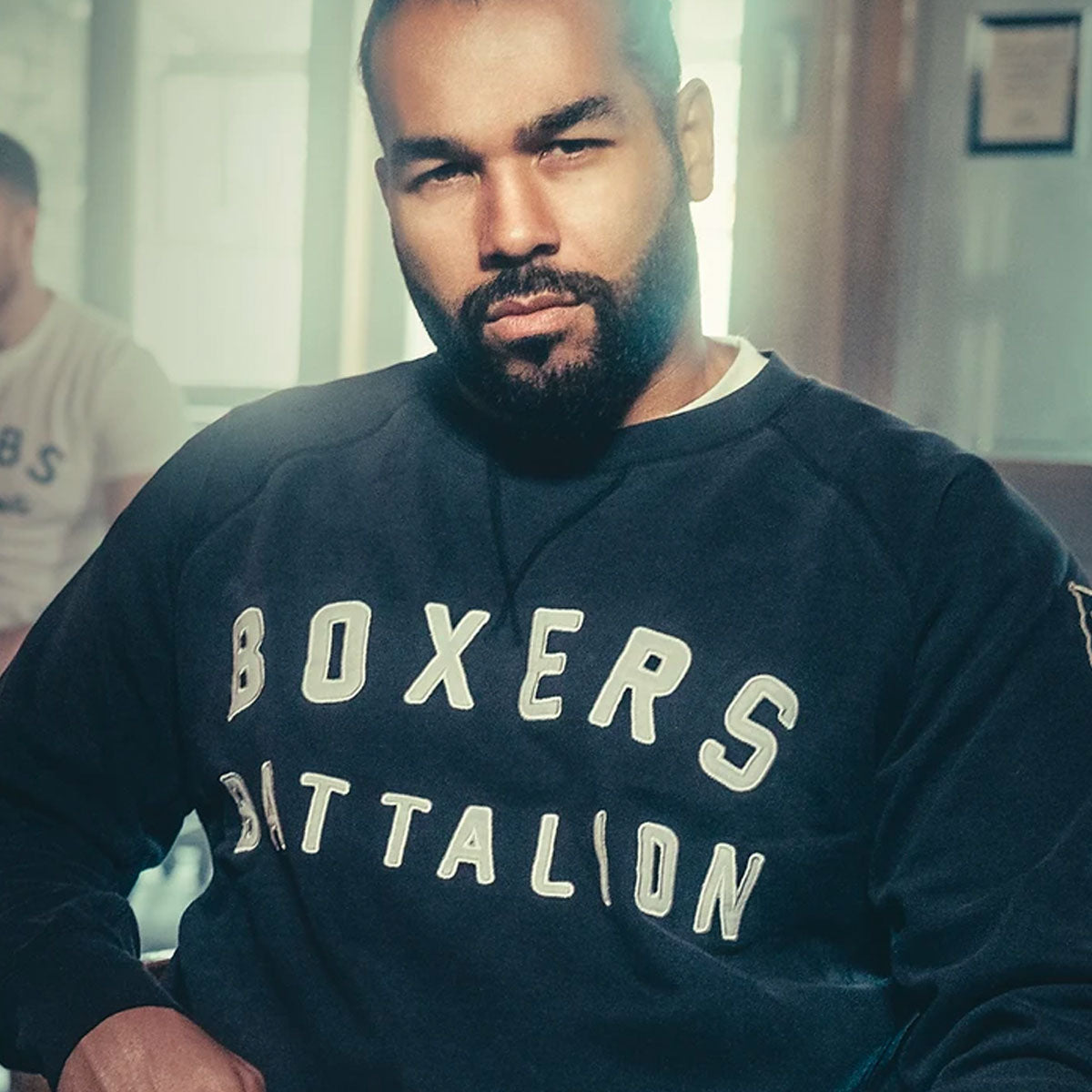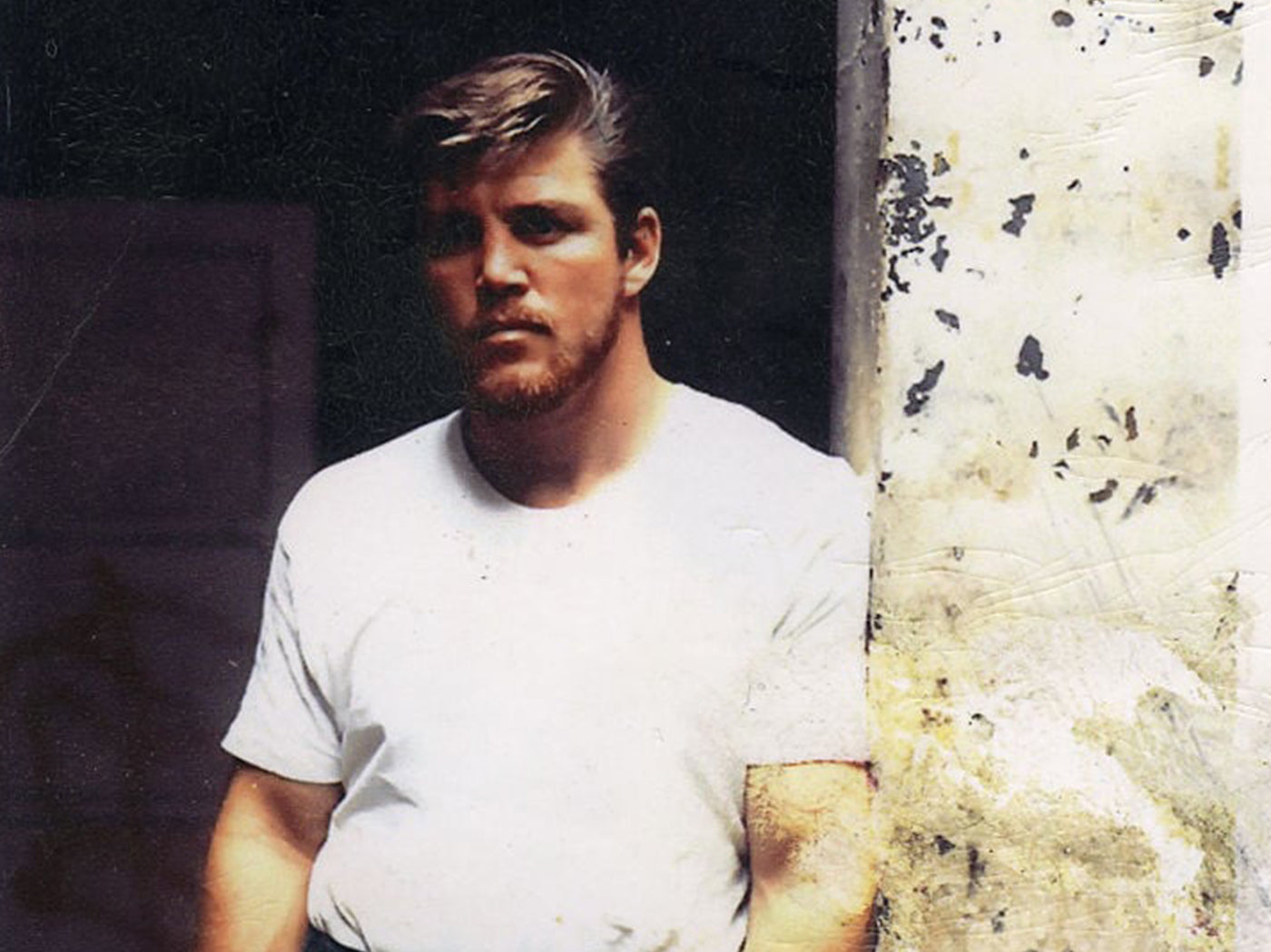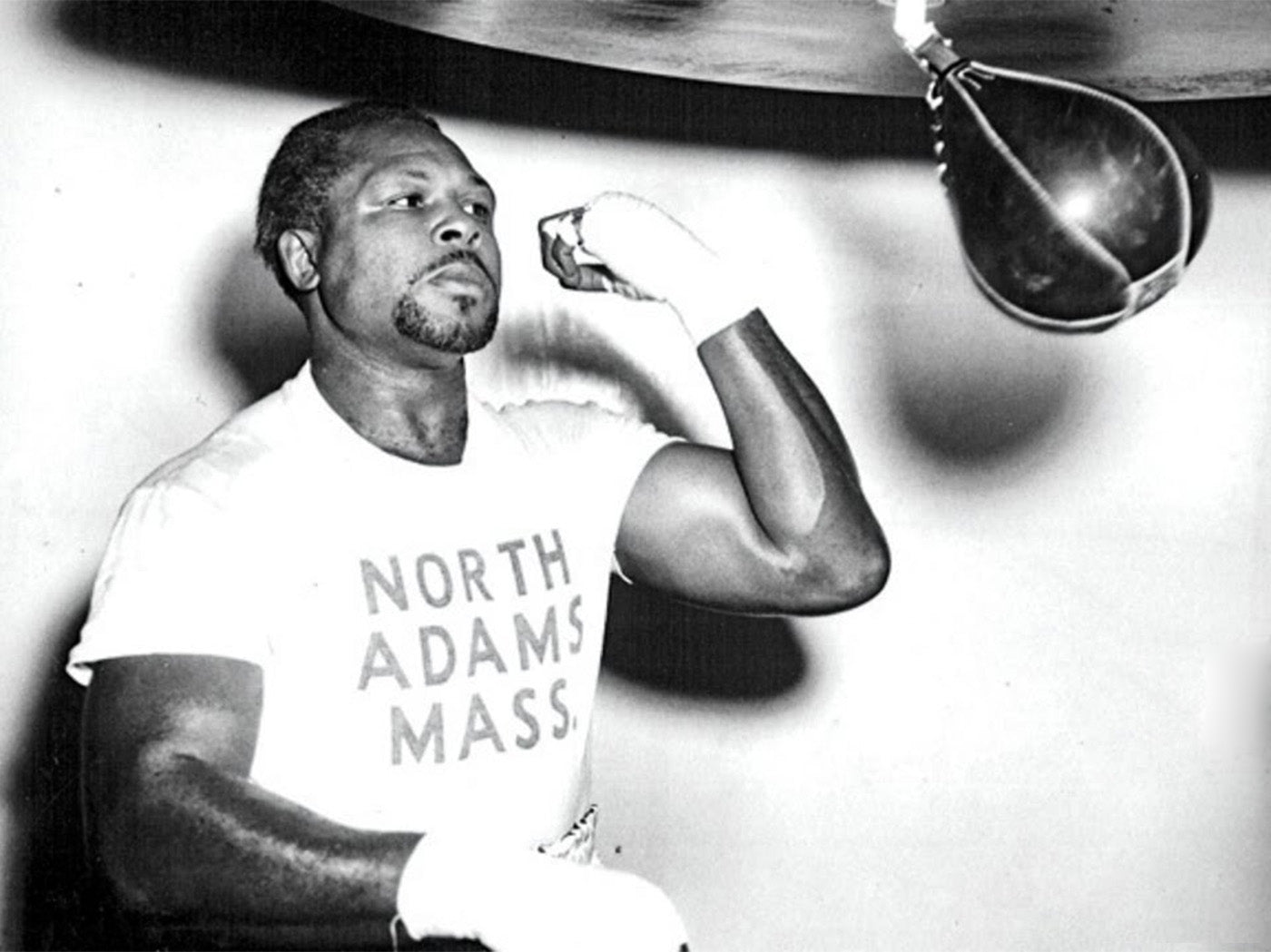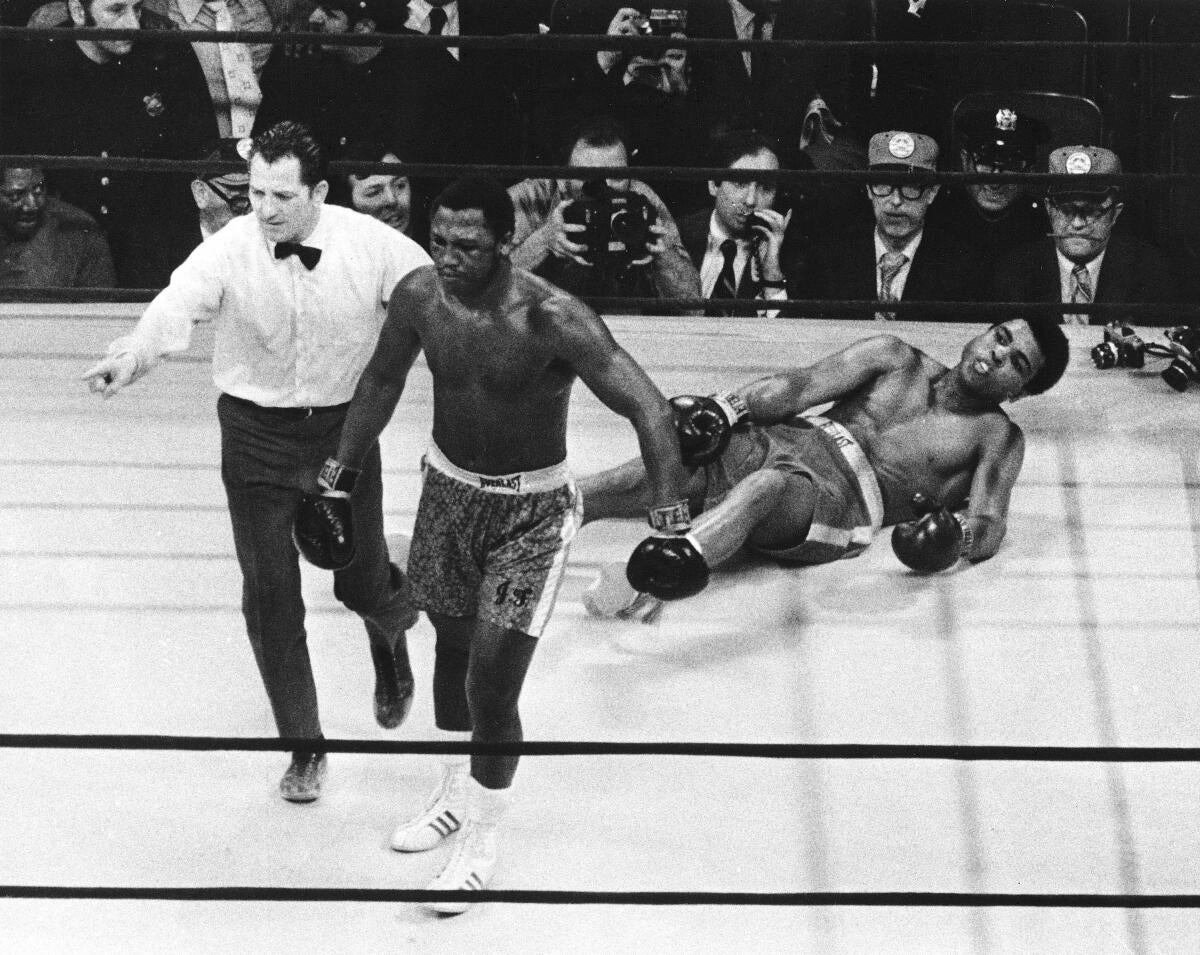‘Was Jack Bodell an awkward fighter? Well – he fell kinda awkward.’ Jerry Quarry
Known by many as ‘Irish Jerry Quarry,’ the future multi-time world title challenger was born on 15 May 1945 in Bakersfield, California into a cauldron of boxing enthusiasts.

After his father Jack, handed young Jerry a pair of boxing gloves at the ripe age of three, he had his first fight at five and by the age of 10 had won a Junior Golden Gloves title. After winning the accolade for the next three years, Quarry was destined for great things as a junior amateur, however, after developing an inflammatory condition called nephritis, which affected his kidneys, his ability to continue with boxing was brought to a halt.
Thankfully, the Californian native was able to reconnect with his sporting passion in his late teens, bouncing back with explosive gusto. In March 1965, at the age of 19, Quarry took part in the US National Golden Gloves Championships held in Kansas and knocked out all five of his opponents on route to claiming the heavyweight title, in addition to being named the most outstanding fighter of the tournament. He finished his amateur career with a very impressive record of 170 victories and only 13 losses.
Not one to hang around, on 7 May 1965, Quarry made his heavyweight pro debut at 183lbs, taking on New York veteran, Gene Hamilton at the Memorial Colosseum, Los Angeles. Gaining victory via a points decision, Quarry fought a further 12 times that year, winning 12 contests (eight by stoppage) and one questionable split decision draw. With the majority of his fights occurring at the Olympic Auditorium, Los Angeles, he soon became a local fan favourite with immense support.
The following year, Quarry fought a further 10 times, clocking up a further seven victories, two draws (both against Tony Alongi) and one points loss against teak tough, Eddie Machen, who was vastly more experienced than Quarry at that point, having shared the ring with the likes of Ingemar Johansson, Ernie Terrell and Floyd Patterson, not to mention he was the first person to last the distance with Sonny Liston. Little did Quarry know, Rocky Marciano attended the Machen bout, with an intention of managing Quarry who was 21-0 prior to the contest. Unfortunately, Marciano was underwhelmed by the performance and the partnership never happened.
Despite fighting less than previous years, his next 10 outings over the following 24 months generated a great deal of attention, as the affable, funny and charismatic heavyweight started to share the ring with very credible opposition. Of his eight wins, notable victories included a points decision over Brian London, who was fresh off a loss against Muhammad Ali. However, the victory reaped far more rewards the second time round, because Quarry was part eight fighters competing in a WBA Elimination tournament for the world heavyweight title, shortly after Ali had been stripped after refusing to be inducted into the US Army. The other seven fighters were, Leotis Martin, Jimmy Ellis, Oscar Bonavena, Karl Mildenberger, Floyd Patterson, Ernie Terrell and Thad Spencer. Joe Frazier had been invited, but declined to participate, as he pursued another route to world stardom, picking up the NYSAC world heavyweight, one month before the WBA tournament came to its conclusion.
Having had a draw against Floyd Patterson in June 1967, with the lure of the world title in his sights, Quarry defeated his old foe on points on 28 October 1967, in a fight which saw ‘Irish’ knock down the former world champion a number of times. Four months later, Quarry took on Thad Spencer, who’d just beaten Ernie Terrell and was ranked No2 by Ring Magazine at the time. Despite being a massive underdog in the fight and the tournament in general, Quarry knocked down Spencer twice before stopping him in the twelfth and final round.
Two months later, on 27 April 1968, Quarry took on Jimmy Ellis in the final, despite having fractured his spine a few weeks earlier from a diving board. With both fighters weighing around 196lbs (four pounds below the modern-day cruiserweight limit), they locked horns at the Colosseum Arena in Oakland, California, to fight for the vacant WBA world heavyweight title. Despite putting up an incredible performance, 22-year-old Quarry lost by a majority decision. Unfortunately, this is the closest he would get to winning the most revered title in boxing, albeit, it wasn’t through the want of trying. A very critical Quarry said after the fight, "If they'd given me the decision, I'd have given it back. I didn't deserve it."
 Quarry vs Ellis 1968
Quarry vs Ellis 1968
A couple of months later, on 4 June 1968, Quarry was saved by a 21-year-old surfer at Newport Beach, after being very close to drowning. Despite his spar with life, he still managed to clock up two further victories before the end of the year.
Moving into 1969, Quarry boasted 28 wins, four draws and two losses. In January he knocked out Charlie Reno and Aaron Eastling, within two weeks of each other, before taking on the fearsome figure of Buster Mathis on 24 March 1969 at Madison Square Garden. Mathis was three inches taller and weighed in at a muscular 234 ½ pounds, compared to Quarry’s 196lbs. Despite the massive size differentials, Quarry put Mathis on the canvas in the second round and went on to win a landslide victory on all three judges scorecards. Up to this point, Mathis’ only loss in 30 fights came at the hands of ‘Smoking’ Joe Frazier when challenging for his world crown and it was now the turn of Bakersfield’s favourite fighting son to have a crack at the unbeaten champion, who boasted a record of 23-0.
 Quarry after Mathis win 1969
Quarry after Mathis win 1969
On 23 June 1969, Quarry returned to Madison Square Garden to take on Fraizer for his world heavyweight title. With similar height and only 5lbs weight difference in Frazier’s advantage, the pair battled it out toe to toe in a contest which earned the title of Ring Magazine’s ‘Fight of the Year,’ for 1969. Although it seemed Frazier was starting to pull away on the cards, it was certainly not a done deal, but unfortunately for Quarry, after the seventh round, referee Arthur Mercante brought the contest to a halt due to a nasty cut which Quarry had sustained over his eye.
Undeterred by his second unsuccessful world title challenge, six weeks later, Quarry knocked out Johnny Carol in under three minutes, then four weeks later he fought Brian London again, but this time knocked him out in two rounds instead of going the 10 round distance. Capping off 1969, despite being ahead on the scorecards, Quarry was stopped in the seventh session by Canadian George Chuvalo.
In 1968 and 69, Quarry was named by Boxing Illustrated as, ‘The Most Popular Boxer in the World,’ and in 1970, he shared the prestigious award with Muhammad Ali.
After clocking up two victories in March 1970, Quarry took on destructive Fresno resident, Mac Foster. It’s worth noting that Foster weighed 14lbs more, stood two inches taller and in a career of 30 wins, all 30 were via stoppage. At this point in time, his record stood at 24-0, including victories over Cleveland Williams and Thad Spencer. Despite the formidable record, Quarry spoiled Foster’s parade, enforcing his first loss onto his record with a sixth-round stoppage. The win also propelled Quarry into another world title fight.
On 26 October he took on The Greatest, Muhammad Ali at the Municipal Auditorium, Atlanta. This was Ali’s return after his three-year absence and he had approached every heavyweight ranked in the top 10, in order to show his validity in the division. Quarry was the only one to accept the challenge. After three one sided rounds, with Ali peppering the smaller man with punches at will, once again Quarry was victim to a nasty cut eye and was forced to retire. He did however earn his biggest purse of $338,000 for the contest.
With a deep-rooted belief that he could beat Ali in a rematch, six wins and 20 months later, which included a first round stoppage of Britain’s Jack Bodell, the pair met once again at the Convention Centre, Las Vegas on 27 June 1972, with the North American heavyweight title on the line. Despite having elements of success this time round, it was still a one-sided contest and Quarry was dispatched in seven rounds.
Many would have considered retirement after the second Ali fight, but Quarry returned to the ring six months later and added five wins to his record in 1973, with two very notable scalps. The first was a points victory over Denver’s Ron Lyle, who boasted a record of 19-0 at the time, with 17 stoppages and the second was debatably the hardest puncher in boxing history, Ernie Shavers. Bear in mind, Shavers record consisted of 45 wins and only two nondescript defeats earlier in his career, not to mention, six months prior to fighting Quarry he knocked out Jimmy Ellis in two minutes and 39 seconds of the opening round. Despite being the underdog, Quarry shocked everyone, stopping Shavers in two minutes and 21 seconds of the opening stanza. 
With his confidence fully in place, on 17 June 1974, Quarry had another go at Joe Frazier, who had since been dethroned by George Foreman. Without a belt on the line, the pair battled it out at a packed Madison Square Garden, but it was only ever going to go one way, as a more polished Smoking Joe chopped a lesser version of Quarry down, before the referee, legendary Joe Louis stopped the contest in the fifth round.
After a points victory over George Johnson in Honolulu, with 18 days notice, on 24 March 1975, Quarry took on Ali’s bogeyman, Ken Norton. The Californian had only lost three times in 35 outings, of which, one was against George Foreman and the other was a very debatable points loss against Ali. Despite having his moments in the second round, the legendary jaw breaking machine proved too much for the rapidly crumbling Quarry, who was visibly showing signs of decline in his ability and health, and the fight came to a conclusion in the fifth round, via TKO. Quarry decided to retire after the fight, albeit, he was still fighting formidable opponents in the form of alcohol and drugs, namely cocaine. His record stood at 50-8-4.

After a two-and-a-half-year layoff where he worked as a bodyguard for a pop band, with very little to show in the bank, on 5 November 1977, Quarry made a comeback, taking on future European heavyweight champion, Lorenzo Zanon (no relation to BVB writer, Paul Zanon) at Caesars Palace, Las Vegas. Zanon won the first seven rounds on all three judges scorecards by a country mile, but Quarry connected in the eighth with a devastating right hand, which Zanon never fully recovered from. Consequently, Quarry went on to win via TKO in the ninth round.
Despite having a number of adverse brain scans which showed evident damage, Quarry returned to the ring. Why? Three failed marriages and number of rotten business investments against his $2 million dollar gross earnings would give you the start of the answer. With the cruiserweight division now in existence, 38-year-old Quarry won two fights against journeymen in 1983, with the second fight requiring 62 stitches straight after. Retirement followed once again.
In a genuine attempt to make ends meet outside of the square ring, Quarry took on a number of jobs in sales, including selling alcohol and mobile homes. Unfortunately, a zero bank balance pulled him into the ring once again and at the age of 47 in 1992, he lost against a club fighter called Ron Cramer, who possessed a record of 3-4-1. That was Quarry’s sad swansong from the prize ring, which he was paid a measly $1,000 for. The fight was sanctioned in Denver because he could no longer get a license in California. Whoever was involved in allowing the shell of Jerry Quarry to enter the ring as a man evidently suffering from dementia, should bow their heads in shame. Sadly, Jerry’s younger brothers, Mike and Bobby (also professional boxers), had succumbed to a similar fate and as a result, Jimmy Quarry, Jerry’s elder brother, set up the Jerry Quarry Foundation in 1994, specifically for dementia pugilistica.
Remembering Quarry as the man who finished his career against Ron Cramer, would be a massive insult to the heavyweight contender. He fought Ken Norton, Ernie Shavers, Jimmy Ellis, Buster Mathis, George Chuvalo, Eddie Machen, Ron Lyle, not to mention locking horns twice with Floyd Patterson, Joe Frazier and Muhammad Ali. Let’s also not forget his numerous appearances on television over the years, which included appearances in Batman (the series), in 1967, the Six Million Dollar Man in 1977 and an episode of Knight Rider in 1986, starring alongside David Hasselhoff and would you believe it, Don King and old foe, Ken Norton.

Quarry retired with a professional record of 53 wins (32 KO’s), nine losses and four draws. In addition to being inducted into the World Boxing Hall of Fame in 1995, three years later, The Ring ranked Quarry as the 27th greatest heavyweight of all time. Sadly, on 5 January 1999, after a short spell in hospital battling pneumonia, followed by a fatal heart attack Quarry passed away,. He will be remembered as one of the most charismatic boxers to never win a world heavyweight title. As the genesis of his surname suggests, he really did evolve from stone and in another era and weight division, he may well have been a long reigning world champion.
Paul Zanon, has had nine books published, with almost all of them reaching the No1 Bestselling spot in their respective categories on Amazon. He has co-hosted boxing shows on Talk Sport, been a pundit on London Live, Boxnation and has contributed to a number of boxing publications, including, Boxing Monthly, The Ring, Daily Sport, Boxing News, Boxing Social, amongst other publications.

